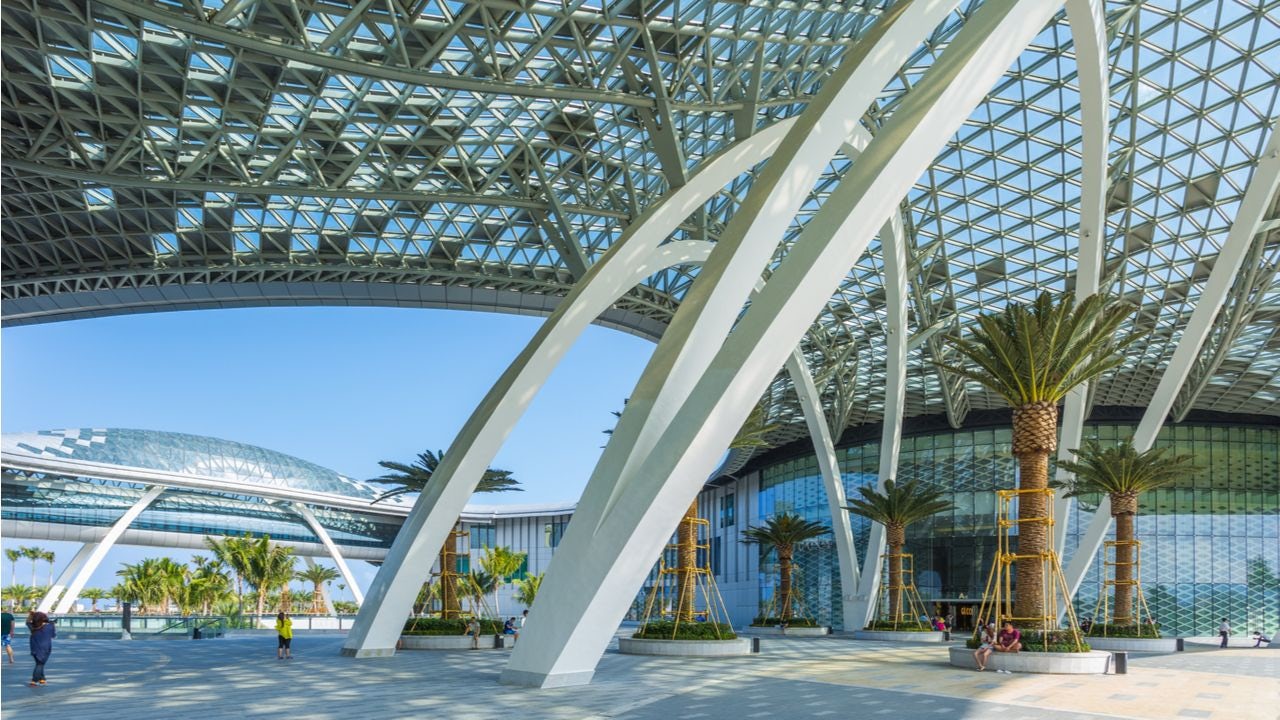European fashion hubs are slowly returning to normalcy, as their designer boutiques reopen. Italy is even preparing to welcome back tourists coming from the 25 member-countries in the Schengen visa-free travel area, but border restrictions will remain in place for international travelers.
Furthermore, The Atlantic highlights that even when European countries reopen to global tourists, the landscape will be changed for the better, thanks to new health protocols, grounded airlines, and various attractions closed to the public. Accordingly, it’s expected that international tourism won’t return to pre-lockdown levels too soon.
With wealthy shoppers from Asia and the Middle East absent, the European luxury industry is hanging on by a thread. According to Reuters, global tourists from China, Russia, and the Middle East make up between 35-55 percent of revenues in Europe, depending on the brand. Renato Borghi, head of fashion trade at Confcommercio, told Reuters that a survey of around 100 retailers in Milan showed an average 30-percent drop in sales compared to the previous year since the first week after shops reopened.
Internal consumption is also in free fall because the European aspiring class has avoided conspicuous consumption, thanks to fears of a deep recession. Since the European Commission forecasts that Europe’s GDP is expected to contract by 7.5 percent this year, a far deeper cut than during the financial crisis of 2009, those fears aren’t far fetched.
Additionally, the European Commission estimates savings will reach 19 percent of household incomes in the European area this year (the highest since the start of the monetary union), so the EU won’t be able to stimulate spending. PYMNTS emphasizes analysis from the European Central Bank and The Bank of England, which shows bank deposits have exploded over the last few months in several large European economies, including France, the UK, Spain, and Italy.
With conspicuous consumption brought to a standstill, luxury brands shouldn’t feel too confident about the future. Indeed, the global personal luxury goods market has been growing worldwide, resulting in an industry that was worth 308 billion in 2019. But the pandemic has amended this positive trend, and it’s doubtful that there’s a quick fix to it. On top of that, the dependency on Chinese consumers has created a dangerous situation, and European luxury players need to come up with a contingency plan. But until now, unreasonable price hikes have been the only strategies coming from most top-tier brands.
Taking into account how younger consumers have a post-aspirational mindset and ethics is an important part of their moral code, they might consider this pricing strategy dishonest and unsuitable for the current economic reality. It is surprising that luxury brands don’t have contingency plans in place, and all they could come up with to protect margins is hiking prices, which punishes the end consumer.
Let’s take a look at some other possible strategies for luxury brands:
An extensive focus on emerging markets#
The dependency on Chinese consumers has become harmful to business. But with rising US-China tensions, trade tariffs, regulatory issues, and a consumer base that’s maturing, China shouldn’t be the “industry’s only hope.” In fact, for years, emerging markets have been neglected or undervalued by luxury brands, and this has become a dangerous position.
Take India, for example, the BRIC country with the most promising outlook for luxury consumption. According to Ernst & Young, the middle class had a tenfold increase, while household income experienced a threefold growth. Furthermore, the size of the Indian luxury market is currently at 30 billion, and it grew at a robust CAGR of 18percent between 2012-17 and is forecasted to grow by 10-15 percent until 2022.
India is a unique example with its 1.3 billion consumers and growing middle class, but there are other promising cases in Africa like Nigeria, South Africa, and Morocco. With sizable populations and rapidly changing demographics, these economies represent the future of luxury consumption.
Expand the digital footprint#
Luxury brands have been slow to embrace the digital revolution, and although some brands have caught up with the changes in today’s society, the industry is still behind. The good news? Shifting to digital will cut costs as well as increase revenues.
Brick-and-mortar stores imply high rent payments, utility bills, salaries to sales associates, and high upfront investments. But a strong offline presence comes with lower initial investments and monthly costs. Instead of hiking up the prices to offset their losses, luxury brands should cut their costs through digital sales.
Embrace humanistic capitalism#
Let’s face it, the days when luxury brands produced “real value” are long gone. Over the past few years, several items released by luxury houses were simply mid-range quality products with scandalous price tags. Who can forget Dior’s Fall 2016 “feminist” T-shirt collection where just plain shirts priced at 710?
Instead of mocking the audience with low-value products at high margins, luxury brands should aspire to a higher purpose and think seriously about building cultural movements and creating real value in society.
Humanistic capitalism comes with the promise of creating a safer and more open environment, and it’s a social model that’s in line with the pursuits of younger consumers. That’s why luxury brands that want to plan for the future should build a more sustainable, fair, and socially-conscious business model.
Luxury brands had a disappointing response to the current crisis, and it’s fair to say that shoppers will no longer tolerate deeply consumerist selling points. It’s not too late to fix the current system, but luxury brands must change their priorities. Valuing people over profits is the only way.

